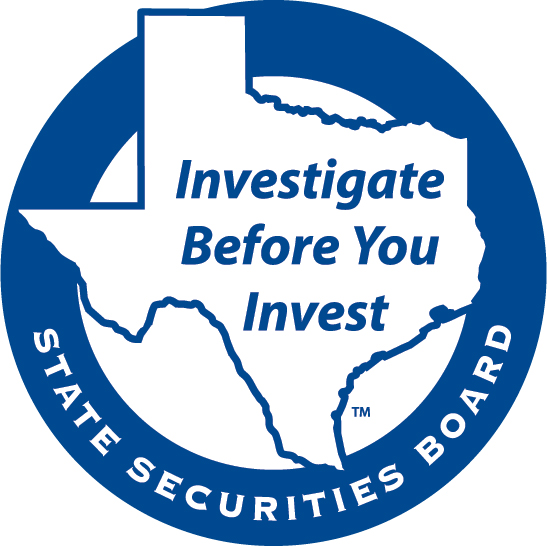 In addition to market risk and investment risk, you have to consider what you pay to buy and own investments, since these costs directly reduce your investment return.
In addition to market risk and investment risk, you have to consider what you pay to buy and own investments, since these costs directly reduce your investment return.
Some investment costs are unavoidable. It costs money to handle transactions. It costs mutual funds money to manage their funds. It costs brokers to maintain their offices and websites and provide research about investments.
Lower Your Investment Expenses
There are ways you can avoid paying more than necessary:
-
When investing in a mutual fund, always check its expense ratio. To pay for its operating and marketing expenses, a fund annually charges a percentage of your account balance. If the expense ratio is 1%, for example, you will pay $150 on an account value of $15,000.
The fund may also impose sales charges, called loads, which aren’t included in the expense ratio. Both are published in a fund’s prospectus and on the fund company’s website. Many fund companies will sell you shares in their funds directly, with no sales charge. The point is to choose the least expensive of comparably rated funds.
-
Choose lower-cost investment accounts. You might open an online brokerage account, where commissions can run less than $10 per transaction. With this type of account, though, you may have to do more work on your own to identify investments and choose the right times to buy and sell since your broker will not be making suggestions.
Other Costs to Keep an Eye On
If you invest in mutual funds and stocks through a brokerage account, you will likely pay commissions for trading securities and you could pay additional fees for account maintenance or failing to keep a minimum balance.
You have no control over many investment variables—the direction of the market, the rate of inflation, or the tax rate on your earnings. But you do have control over one of the most critical variables—what you pay to buy and own your investments.
The Impact of Fees (Or, the Story of the Missing $32,310)
Assume you invest $10,000 in a tax-deferred account, make monthly contributions of $250 for 25 years, and realize an annual 6% rate of return. (Also assume for this example that no taxes are being paid.)
In the following example, if you invested in Fund 1 you would end up with $205,955. But if you had invested in Fund 3, you’d have only $173,645. That’s a difference of $32,310—a tidy amount that’s better in your pocket than adding to a fund’s revenues.
|
|
Fund 1 |
Fund 2 |
Fund 3 |
|
Value before fees and expenses |
$212,813 |
$212,813 |
$212,813 |
|
Expense ratio |
0.2% |
0.8% |
1.2% |
|
Upfront sales charge |
None |
None |
4.75% |
|
Effect of fees and |
–$6,858 |
–$25,993 |
–$39,168 |
|
Actual value |
$205,955 |
$186,820 |
$173,645 |
